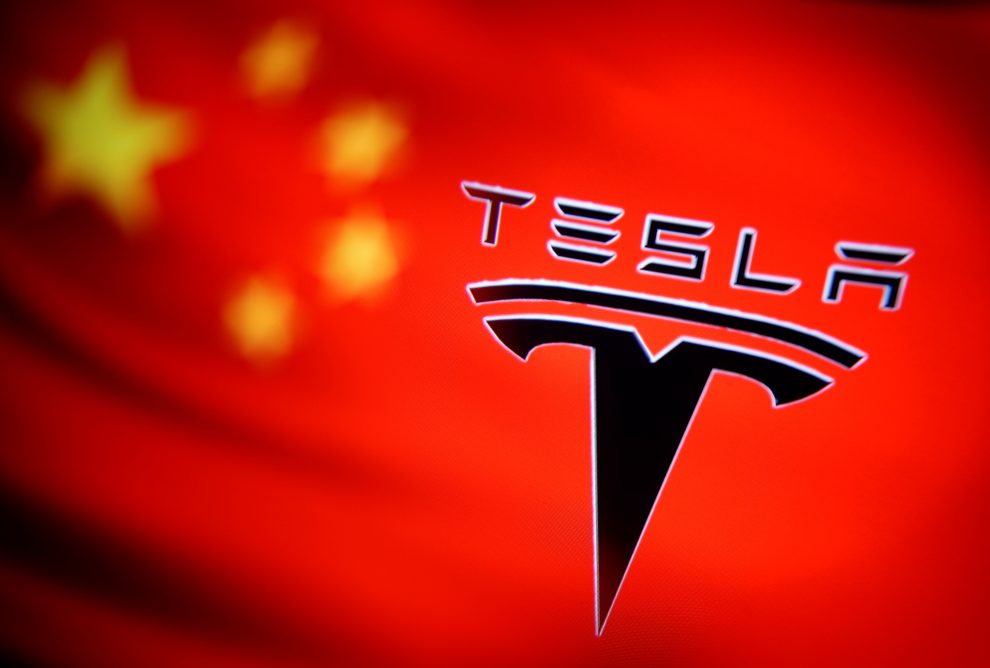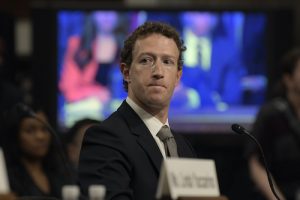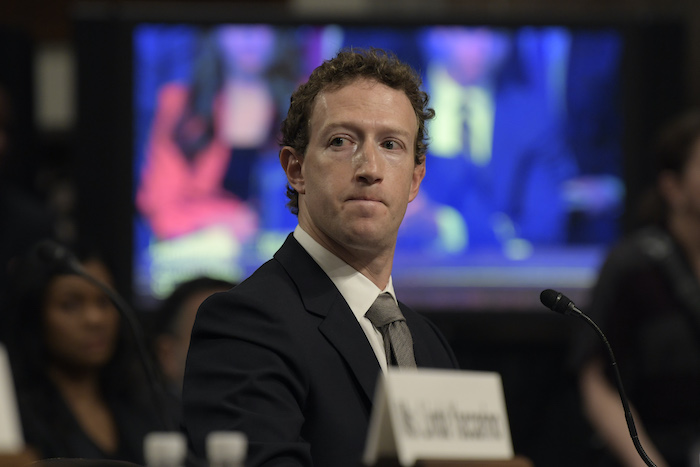(ATF) Tesla fourth-quarter profit fell short of Wall Street expectations on Wednesday January 27 and the company failed to provide a clear target for 2021 vehicle deliveries. Fierce electric vehicle (EV) competition in China hit margins and Tesla’s stock fell, pulling down shares in Chinese rival Nio.
The disappointing Tesla results come after its shares surged nearly 700% over the past 12 months, on expectations that Tesla will quickly and profitably expand.
Investors had hoped for a significant increase over the company’s 2020 delivery goal of half a million vehicles, but Tesla provided only a vague outlook and did not state a concrete delivery goal.
“Over a multi-year horizon, we expect to achieve 50% average annual growth in vehicle deliveries. In some years we may grow faster, which we expect to be the case in 2021,” Tesla said in a statement.
The company delivered 180,570 vehicles during the fourth quarter, a quarterly record, even though it narrowly missed its ambitious 2020 goal of half a million deliveries.
Tesla’s shares fell by 2.1% by the US market close, but there was heavy selling afterwards, with its shares falling another 7% at one point.
This had an effect on the Nasdaq-listed shares of Chinese EV firm Nio, which is often traded as a firm that can hope to have a similar growth trajectory as Tesla.
Nio’s US shares fell by 5.24% by the close, and also saw further after-market selling.
In online questions posted by investors in advance of Tesla’s earnings call, shareholders were keen to learn more about its pace of growth, including the company’s plan to ramp up battery production and when it would book more revenue for its automated driving features.
Tesla allows customers to purchase an $8,000 software upgrade it calls “Full Self Driving,” but has not yet booked a large chunk of that revenue as the feature has yet to be widely released to consumers.
While Tesla has increased deliveries overall, the company on Wednesday said the average sales price per vehicle dipped 11% on a yearly basis, with more consumers switching to the less expensive Model 3 and Model Y.
Net income excluding share-based compensation payouts to Musk – the world’s richest person unless Tesla stock falls too far – rose to $903 million from $386 million last year, but the company fell short of average analyst expectations for a $1.08 billion quarterly profit, according to data from Refinitiv.
At $10.74 billion, Tesla quarterly revenue slightly surpassed analyst expectations of $10.4 billion.
Under Musk’s leadership, Tesla significantly expanded its footprint in 2020, bucking a pandemic and economic upheaval with steady sales and profitable quarters at a time when many carmakers reported losses. This allowed Tesla to join the S&P 500 index, defying sceptics who had bet against the company.
Tesla ramped up production in China and last month began selling its locally made Model Y sport utility vehicle there at a price analysts say will disrupt the conventional premium car market. But that has had an effect on margins.
Tesla has also begun building vehicle and battery manufacturing factories in Germany and Texas, and on Wednesday said it remained on track to start deliveries from each location this year.
But within the auto industry, the race is now on to develop electric vehicles to meet emissions targets and challenge Tesla’s market lead.
Several carmakers are slated to release new EV models this year, including sport utility vehicles to compete with the Model Y, such as Ford’s Mustang Mach-E and Volkswagen’s ID.4. Challenges to Tesla’s yet-to-be released Cybertruck come from General Motors’ electric Hummer truck.























